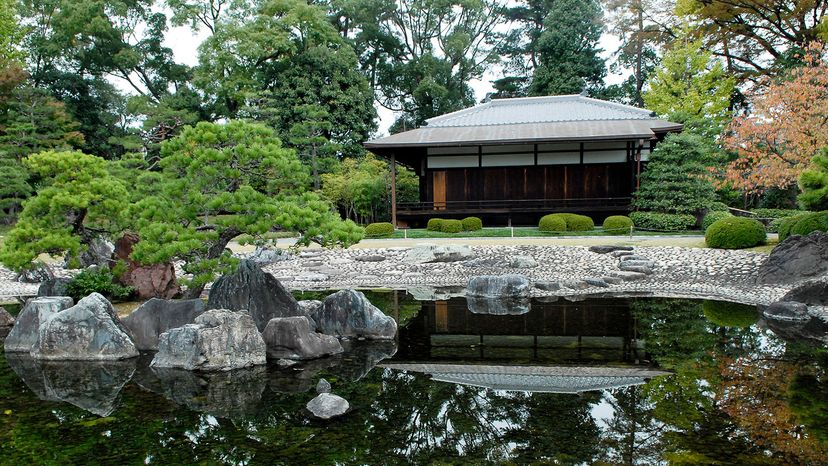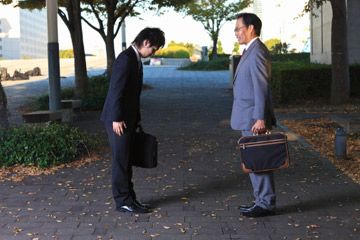
In many houses, creaking floors may be part of the home's charm, or perhaps a serious annoyance to teenagers hoping to slip out late at night. But in some 17th-century Japanese residences, creaking floors were installed intentionally in hopes of making it more difficult for intruders to sneak in unheard. They're called uguisubari or nightingale floors, and they use clever construction to generate a distinct chirping sound whenever anyone sets foot on the boards.
The floors ultimately served as a sort of alarm system in some famous Japanese homes, and seem rather at odds with the otherwise elegant artistry that surrounds the occupants. In Kyoto, for instance, visitors can try their best to slither silently across floors in Nijo Castle and in Toji-in Temple, but they may find that it's nearly impossible because the floors' clever design actually makes a louder sound as steps become lighter, "singing" like the winged nightingales for which they're named.
Advertisement
The floors are built much like any other, with wooden planks laid one by one along a common joist. But instead of nailing those planks firmly to the joist, the planks are left just a bit loose, so that they can move up and down a fraction of an inch as footsteps apply and release pressure. A metal clamp is affixed to the bottom of each plank, oriented so that when the plank moves, it rubs a nail against the clamp, creating the distinctive squeaking sound.
The first nightingale floors probably weren't purposely made to squeak — they were just a result of a home's natural settling and aging. But as people realized the value of audible alerts, they began building floors to make sounds intentionally. It's a quirky feature that may have saved a few fortunes (and lives) throughout Japanese history.
Installing the clamps was pricey and far more complicated than a typical silent wooden floor. So only royalty and the truly wealthy (or perhaps paranoid) could afford to have squeaky floors built in their homes.
No one wanted to be mistaken for a potential assassin or robber. So in royal palaces, an armed guard walked in a specific rhythm that would indicate to others that he belonged there and wasn't a potential danger to the inhabitants. Intruders, on the other hand, were often left guessing as to a floor's construction because from the top side nightingale versions look the same as any other.
Advertisement

